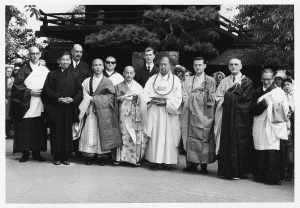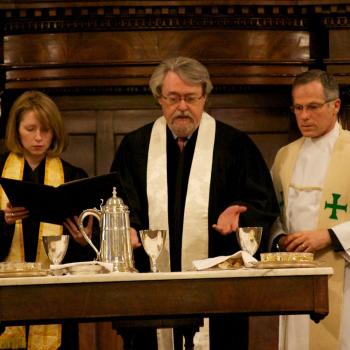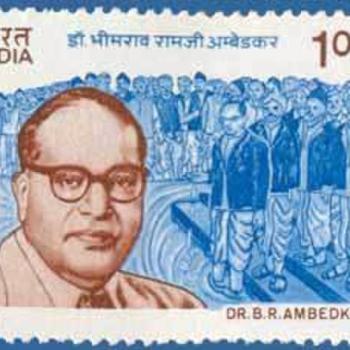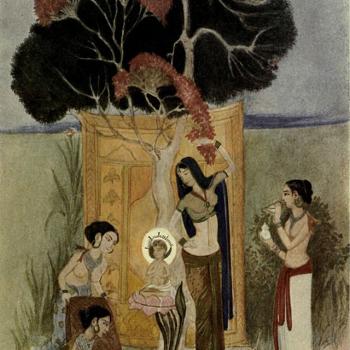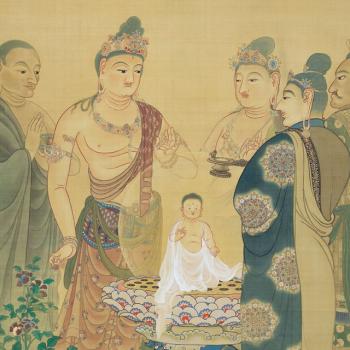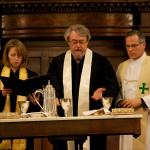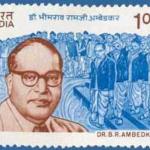It was 1969. I threw my lot in with the English Zen priest Houn Jiyu Kennett, who’d just arrived in the San Francisco Bay area and after a brief stay at the Zen Center in San Francisco opened a small “temple” in a flat on Potrero Hill.
That was when I first became aware of an earlier generation of convert Buddhists. There is almost nothing written about these people, and I think its a shame they seem to be passing from memory. Their credentials were often confusing, some coming out of brief or longer stays in East and South Asia, others out of encounters with visiting masters, and some, well, some seem to have just made the whole thing up.
Several stand out for me. Reverend Iru Price represented the Austrian-born Tibetan Lama Anagarika Govinda’s Arya Maitreya Mandala. Although I have to admit the main thing I recall about him was that he wore an inexpensive toupee, which seemed so incongruous a thing to do for a Buddhist priest who traditionally has a shaved head.
Another was Reverend Eugene Wagner. He’d been in the Navy or the Merchant Marines and had been ordained both as a Theravada and Mahayana monk at one time or another. He also said, and I believed him, he’d received some sort of authorization as a teacher from a visiting Rinzai priest Sogen Asahina. He was trying to put together a universal Buddhist order and was for a time a regular visitor to the San Francisco temple.
One time while Kennett Roshi was in England a person came to the temple while undergoing a complete psychic breakdown. We were utterly at a loss with how to deal with it and the person we thought of to call was Reverend Wagner. He immediately came over, talked briefly with the person, called the police, who arrived, talked with him, as well, and then took him to a psychiatric ward. This isn’t exactly rocket science, but at the time as one of two young and wildly unworldly monastics present, Reverend Wagner was a life-saver. His practical actions to help everyone, but also with a hierarchy of responsibility, were an important lesson. One I hope I’ve incorporated into my life.
No doubt after the Sufi and Zen master Samuel Lewis, of whom more anon, the most colorful of a pretty colorful lot was Ajari Nevil Warwick. From my vantage today I’d have to call him an aspiring cult leader. Even at the time it seemed he was possibly crazy, claiming all sorts of things that just didn’t hang together. I recall him telling me darkly that he’d been with the CIA in Tibet and that he was the hereditary leader of a Russian Vajrayana sect, and that he was a medical doctor, and, well, it just continued. He mainly said he was the head of the Yamabushi order in North America, a tantric Japanese sect. He and his disciples took long hikes in the woods, had fire ceremonies, and walked on burning coals.
On another occasion we were informed that we were once again getting a VIP visitor. His name was Samuel Lewis, and while he was mostly known as a Sufi master, he had also been acknowledged for his insight by spiritual teachers in a number of traditions, one of which was Zen. Ours was a bit more mainstream Zen Buddhist community and so most of us were expecting for us something on the rather exotic side, sort of a Zen zebra.
We weren’t disappointed. When he arrived I was on the hospitality team, and answered the door. Standing on the front step was an elderly man only a few inches more than five feet tall. He had shoulder length grey hair, a full beard, and oversized black plastic framed glasses. He was wearing the robes of a Korean Zen priest, I later learned put on special for the occasion. Before I could say anything, actually before I could take a full breath he brushed past me and looked around. His first words were, “Wali Ali, take a letter.”
A young somewhat pudgy man followed along after him trying to write in a stenographer’s notebook. As the Zen and Sufi master’s entourage of four or five followed he proceeded to examine the large old building that had been converted into a Zen monastery dictating his observations along the way, mostly, although not a hundred percent positive.
After his inspection the murshid, a Sufi title meaning “guide” or “teacher,” finally went to the roshi’s private rooms, and spent an hour or so with her. His students and we Zen monastics went into the kitchen, drank tea and talked about the spiritual scene in the San Francisco Bay Area at the end of the nineteen sixties. We had a lot to discuss. When Murshid Sam, as he was best known, and his students left and we returned to our accustomed silence, I was acutely aware how he had left a physical impression on the space that took days to fully dissipate.
The photo comes from the wonderful Shunryu Suzuki archive, Cuke.com. Well worth a visit! Among the figures, the most prominent would be the Chinese master Hsuan Hua, the figure in white near the center of the photograph and the Japanese Zen master and missionary Shunryu Suzuki to Hsuan Hua’s right. At the far right of the picture is Samuel Lewis. At the far left is Eugene Wagner. Immediately behind Shunryu Suzuki’s right shoulder is Nevil Warwick. I think the person to the right of Samuel Lewis is Iru Price, but I’m not sure…


